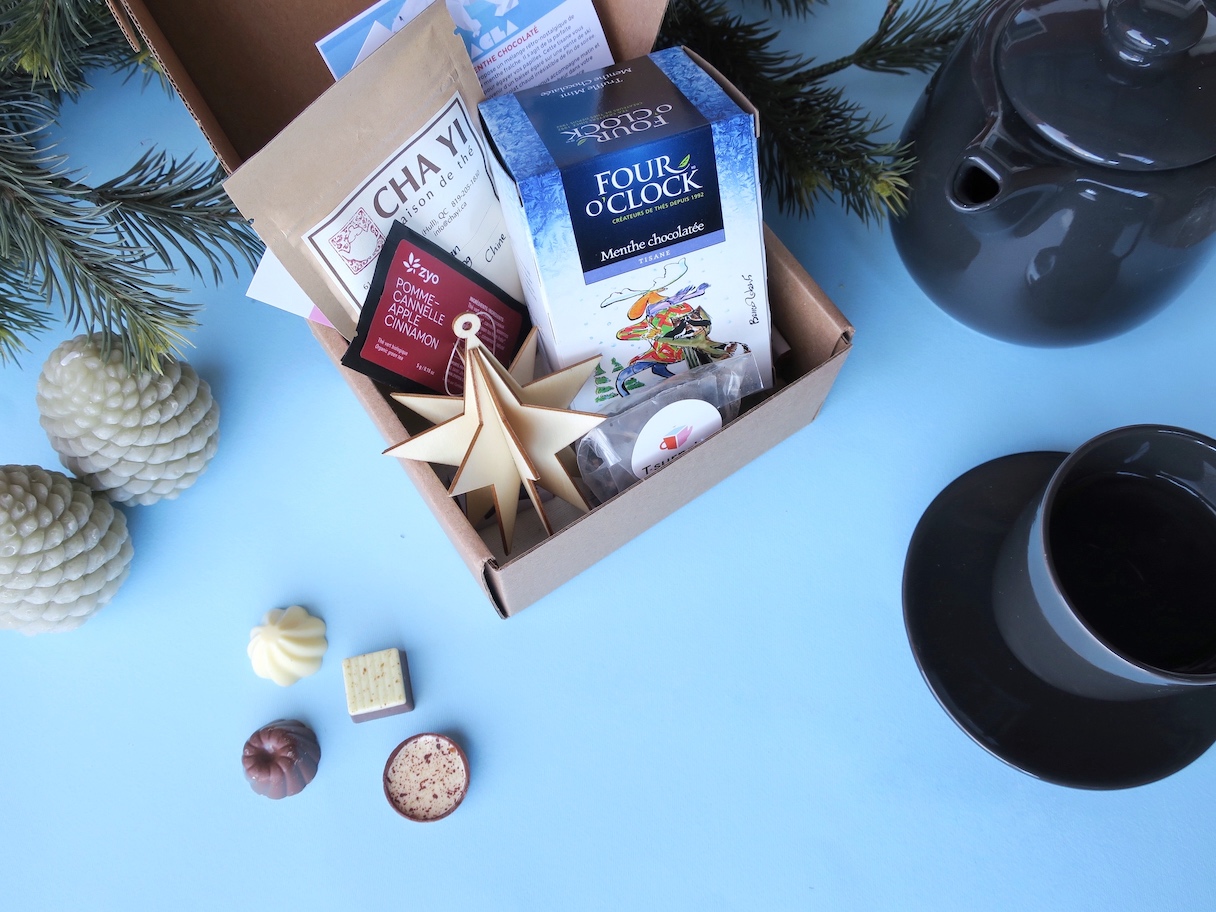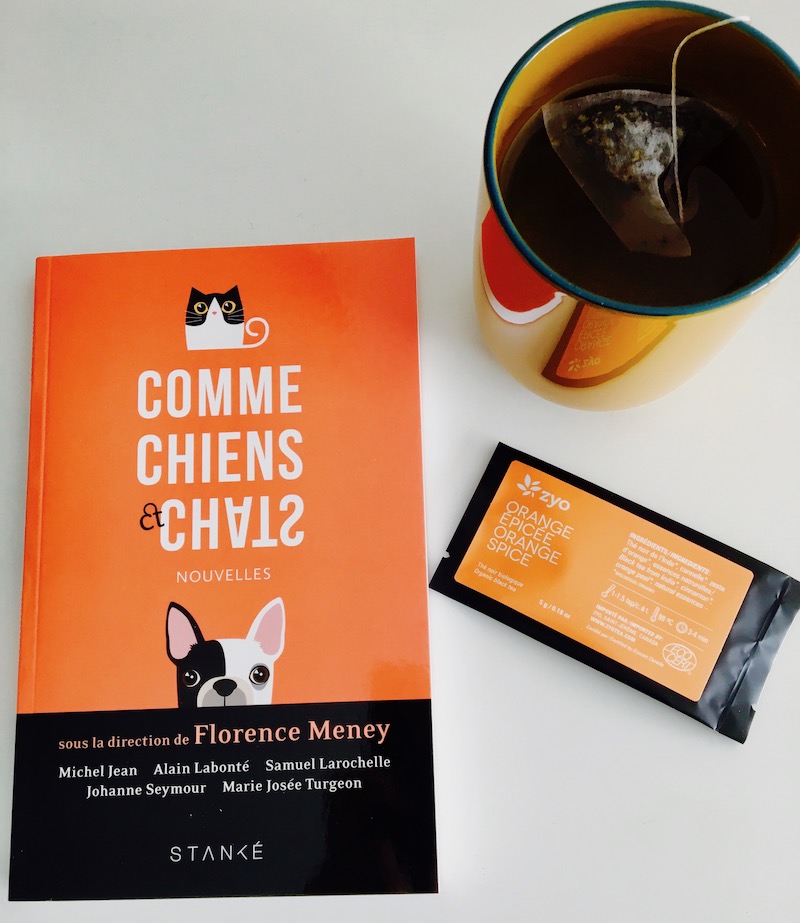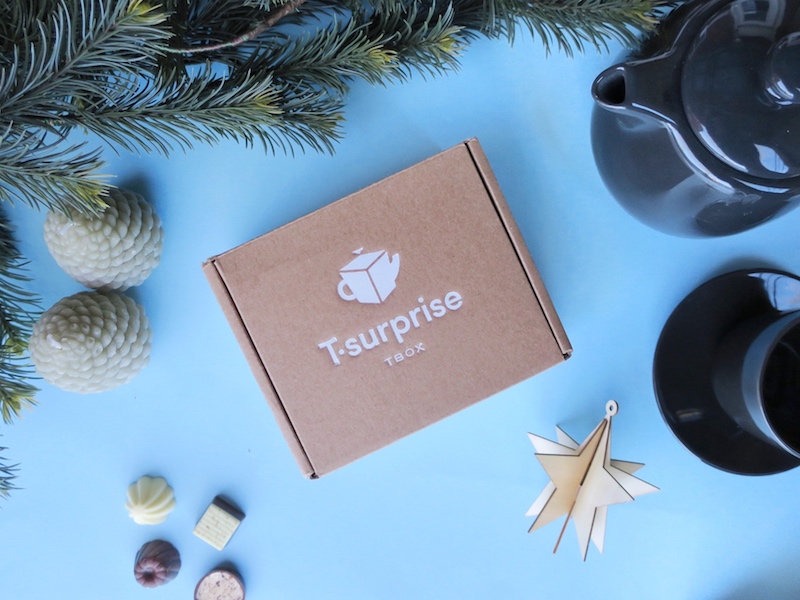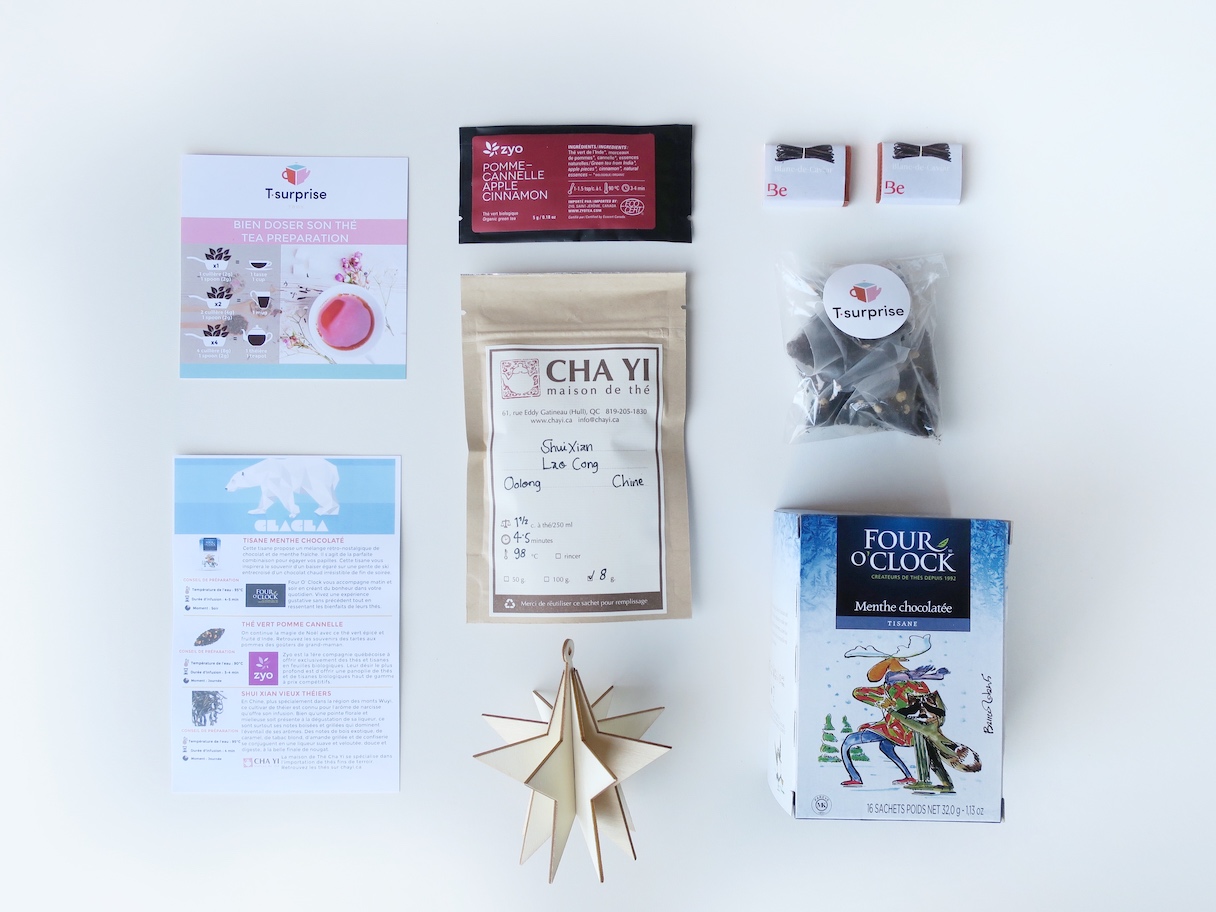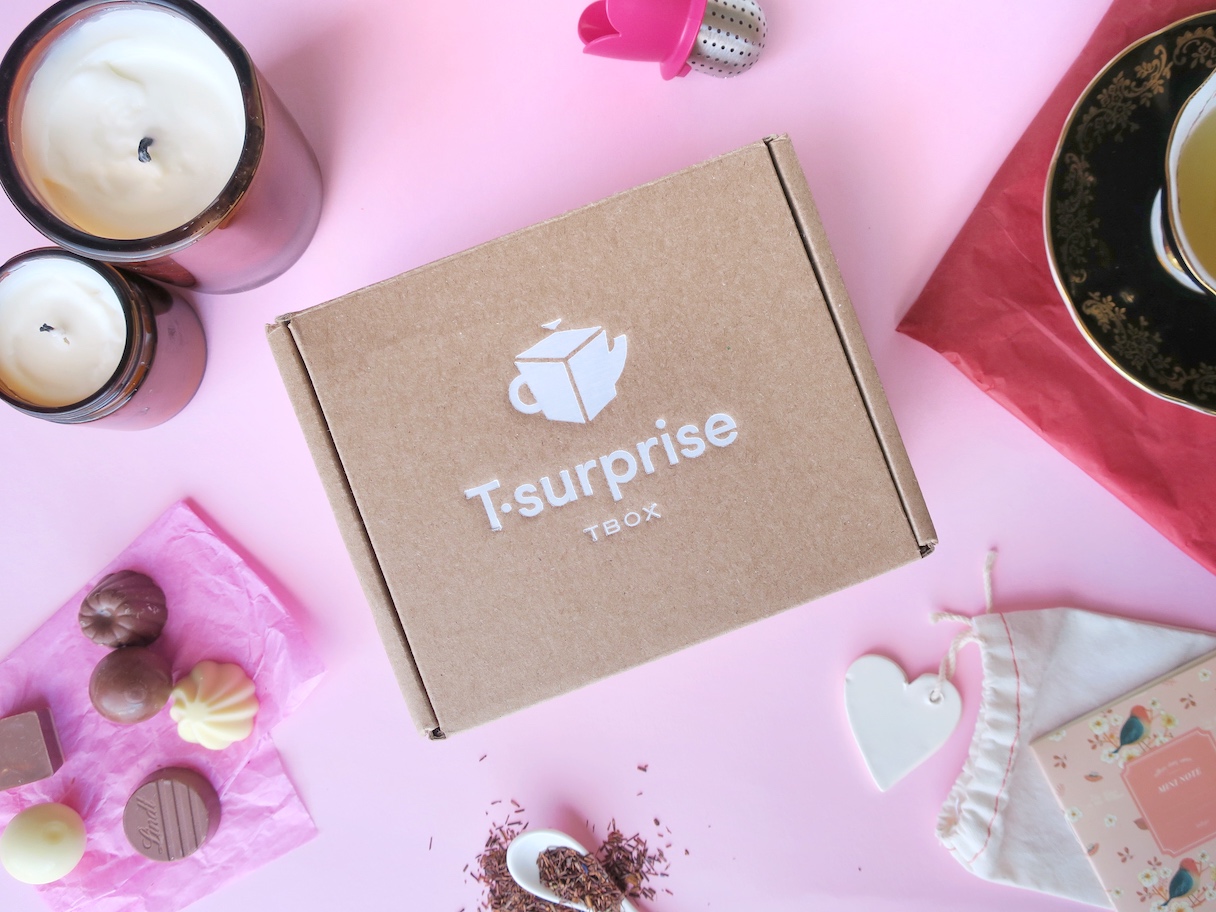A chacun son moment Four O'Clock
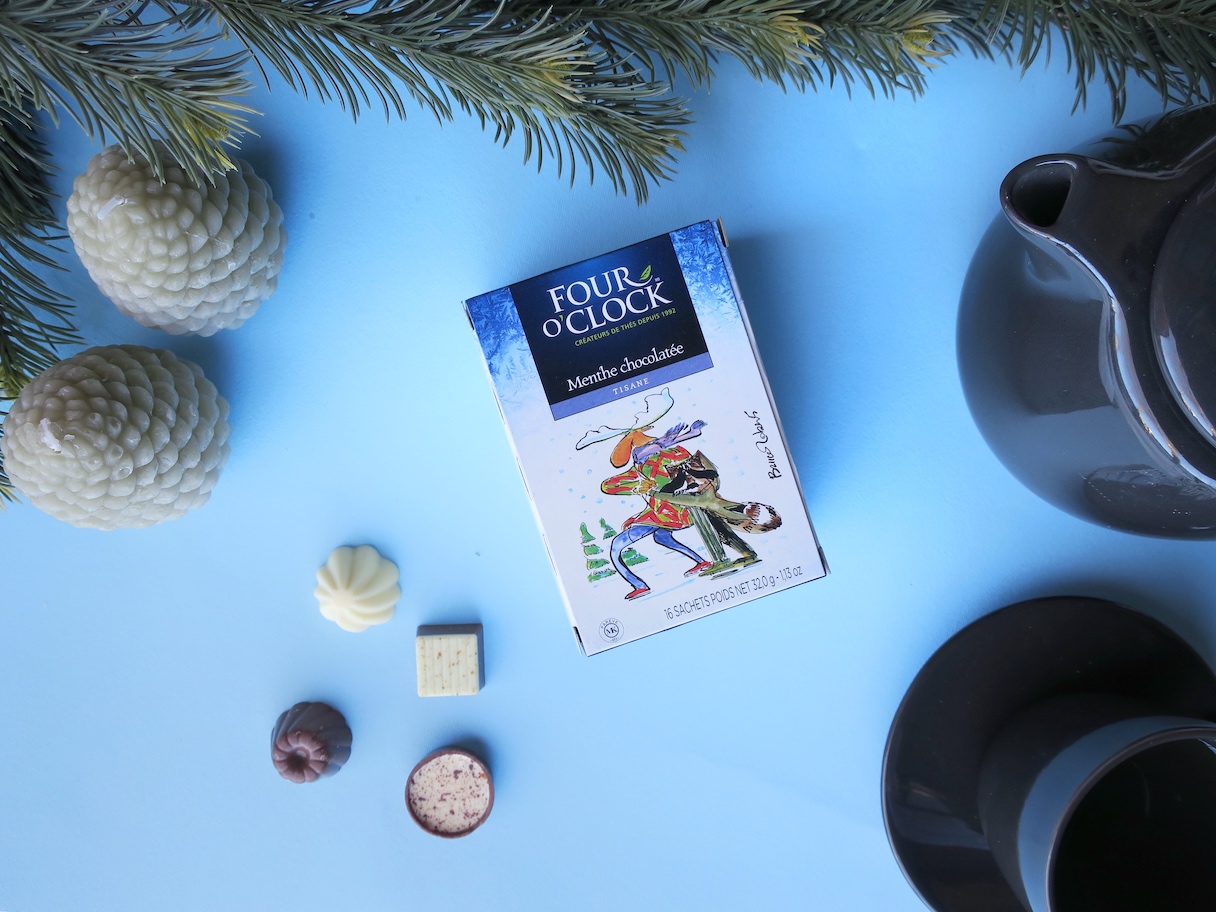
Depuis 1992, Four O'Clock se spécialise dans la transformation d'herbes et d'épices pour en fabriquer des thés et des tisanes recherchés par les connaisseurs. Avec une large gamme de produits, elle répond aux goûts diversifiés de ses adeptes et innove avec de nouvelles saveurs.
Cette entreprise québécoise offre une expérience vraie et authentique dans chacune de ses tasses, grâce à son engagement éthique, responsable et son grand souci de qualité.
Four O'Clock, c'est une expérience sensorielle qui vous accompagne à chaque moment de la journée. Un breuvage réconfortant au réveil, une saveur exotique entre amis ou une nostalgie par temps froid. Four O'Clock est plus du thé, c'est le #momentfouroclock.
